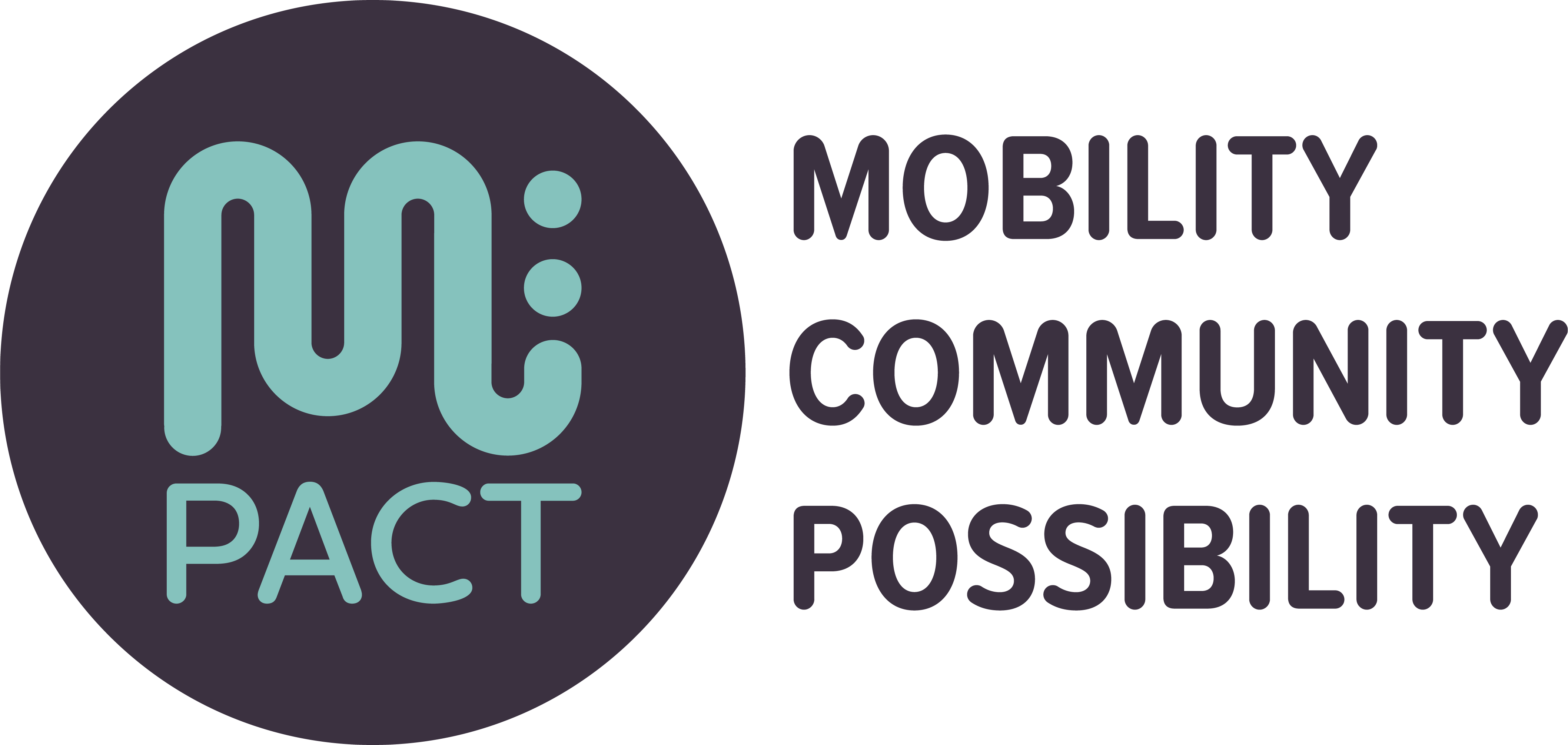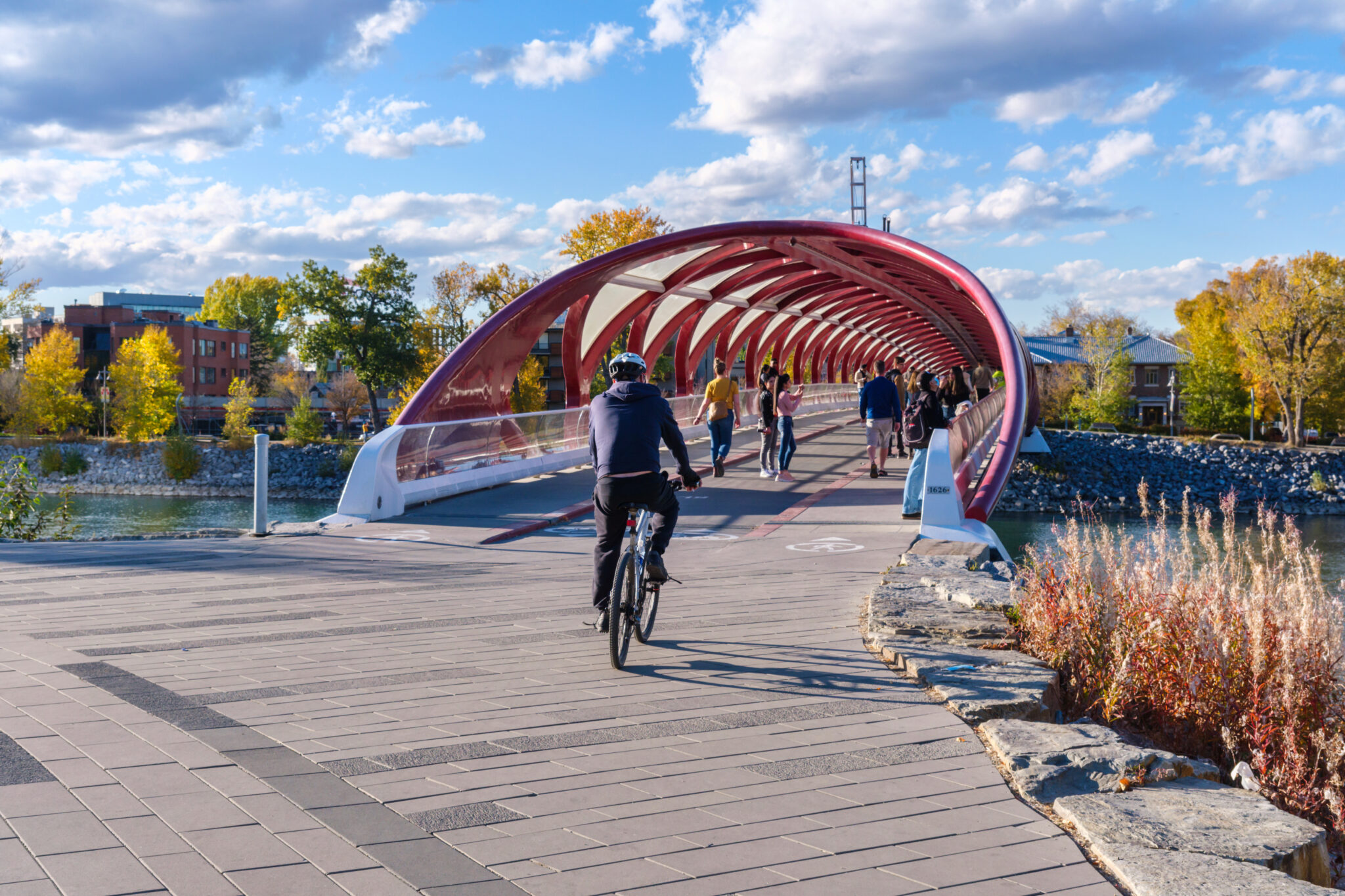Episode 61: Building Resilience
With Shelley Poticha, Chief Climate Strategist, Natural Resources Defense Council; Jane Gilbert, Chief Heat Officer, Miami-Dade County; Elizabeth Wheaton, Chief Sustainability and Resilience Officer, Community Infrastructure Partners; and Laurian Farrell, Regional Director, North America, Resilient Cities Network.
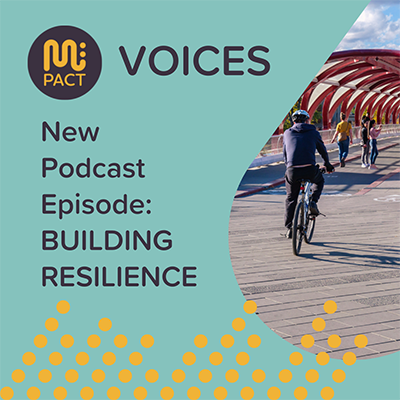
This episode features a discussion of what it takes to build resilience, with a dynamic panel of climate leaders: Shelley Poticha, Chief Climate Strategist, Natural Resources Defense Council; Jane Gilbert, Chief Heat Officer, Miami-Dade County, Elizabeth Wheaton, Chief Sustainability and Resilience Officer, Community Infrastructure Partners and Laurian Farrell, Regional Director, North America, Resilient Cities Network. It is a recording of a discussion during the opening plenary at the 2022 Rail~Volution conference in Miami.
Tackling the climate impacts from transportation and development won’t happen with a single action or silver bullet. Instead, in the words of Shelley Poticha, building resilience requires incorporating a response to climate change into everything that we are working on. Actually doing that is hard, as climate leaders share on this podcast recording of a plenary discussion at the 2022 Rail~Volution conference in Miami. Yet, it is possible, with leadership at every level and with commitment to listening to community about priorities and working across sectors to achieve co-benefits.
“Leadership, I think, is the key . . . Leadership by each of us, taking our own agency to try to change the way things are happening.”— Laurian Farrell
What are examples of building multiple benefits into a single project?
Elizabeth Wheaton describes a 7-mile pedestrian beach walk in Miami Beach that also is helping preserve and restore sand dunes, providing a first line of defense against storm water surge and hurricanes.
In Miami, Jane Gilbert says, the biggest concern among the city’s most vulnerable residents is not flooding or hurricanes, but extreme heat, because of the health impacts and associated economic burdens. She sees it as a Vision Zero issue, right alongside traffic safety. In response to community concerns, the county is working across departments to put heat sensors into bus shelters (20 shaded and 20 unshaded) in order to change design guidelines.
“It’s exciting to think about how we deliver infrastructure differently. And as we think forward about resilience, about sustainability, it’s about creating these co-benefits and really thinking about it from a programmatic approach.” —Betsy Wheaton
As these speakers make clear, achieving co-benefits requires intentional collaboration across departments, starting with budgeting and continuing through implementation. The speakers describe different collaborative structures and talk about the ways that collaboration can break down, including:
• at the staff level, when a person backs off from innovation when hurdles appear
• when elected leaders “don’t get it or knock it out”
• when supportive policies are not in place
• when coordinating schedules fails, despite good intentions
It takes leadership at every level to find ways to keep momentum going. What are specific steps to creating a culture of collaboration?
• It may mean slowing down schedules to allow time for collaboration. Just aligning schedules across departments is a huge challenge, one that may require policy advocacy.
• Engaging and educating elected officials.
• Advancing policies, such as values-based procurement or sustainable building codes.
• Reaching out and inviting people with different experience into the room.
• Going to public meetings for projects that may have implications for your work.
• Creating collaborative groups that reach across departments and also to different staff levels. For example, Miami created a resilience action team with more than 60 people from different departments and a pathway for innovative solutions to bubble up and be enacted.
And it takes some guts.
Speaking from the experience of working with cities across North America, Laurian Farrell says, “You know, you could be marginalized, you might get taken off a project, you might get attacked. These are really hard, true things to face in our daily practice. But they are things that we must face. We all have to take some of that personal goal, to push the envelope a little bit further and to try to have those difficult conversations and to try to slow down the process, and we have to do it at all levels.”
As the examples of implemented projects grow, and people from elected officials to community members see what is possible, capacity and buy-in will grow to do more.
“I think if we can focus on getting some real signature things where people can feel and see it from all levels, staff, elected, and community, then it’s going to get easier and the wheels will get greased more. The grooves are going to be easier, to actually make it a new way of doing things.” — Jane Gilbert
Resources and Links
Featured Guests
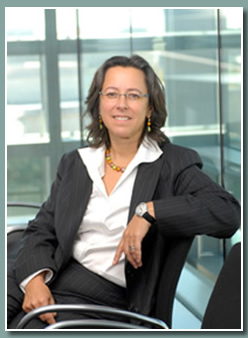
Shelley Poticha, Chief Climate Strategist, Natural Resources Defense Council
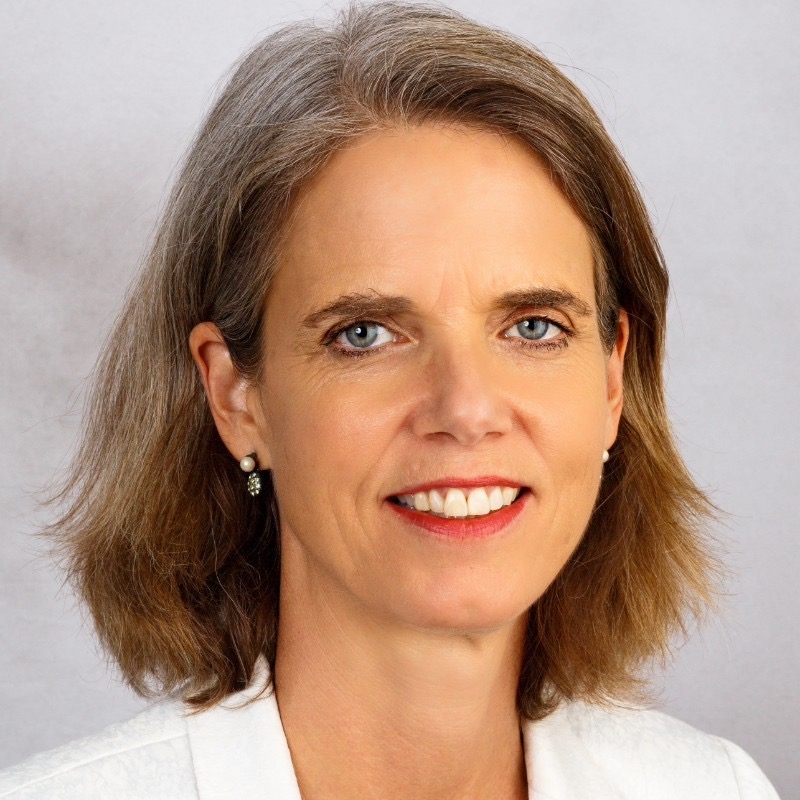
Jane Gilbert, Chief Heat Officer, Miami-Dade County
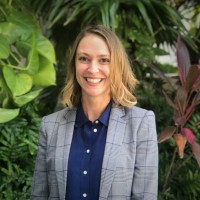
Elizabeth Wheaton, Chief Sustainability and Resilience Officer, Community Infrastructure Partners
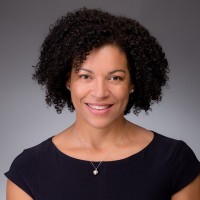
Laurian Farrell, Regional Director, North America, Resilient Cities Network

